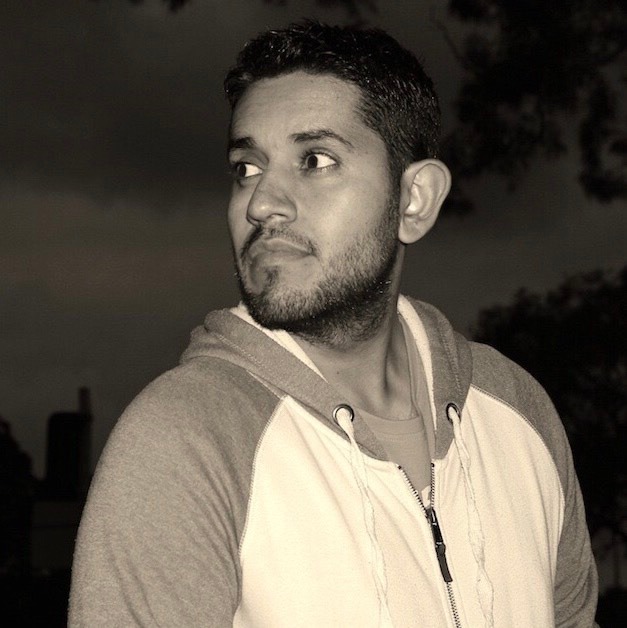
DC Studios’ shape-shifting thriller Clayface is moving forward — and it now has its star. With a release date locked in for 2026 and production gearing up, the mysterious spin-off focused on one of Batman’s most tragic rogues is finally taking form.
Directed by Speak No Evil filmmaker James Watkins and written by acclaimed horror storyteller Mike Flanagan (The Haunting of Hill House, Doctor Sleep), Clayface is being pitched as a more contained, character-driven entry in James Gunn and Peter Safran’s new DC Universe.
Casting: A Fresh Face for a Classic Villain

Casting: A Fresh Face for Clayface
Following a reportedly competitive casting process, Welsh actor Tom Rhys Harries has landed the lead role in Clayface. DC Studios had been considering a number of rising British talents, including Jack O’Connell, Tom Blyth, and George MacKay, before locking in Harries for the gig. According to DC Studios co-head James Gunn, it wasn’t a rushed decision.
“After a long and incredibly exhaustive search, we finally have our DCU Clayface in Tom Rhys Harries,” Gunn posted on X. “Both Matt Reeves and I were just blown away by this guy, and can’t wait for you to see this film.”
OTHER POSTS:
Harries brings with him an impressive, if still under-the-radar, body of work. He made his West End debut in Mojo alongside Rupert Grint and Ben Whishaw, starred as DJ Axel Collins in Netflix’s White Lines, and has appeared in projects such as The Gentlemen, Suspicion, Kandahar, and Doctor Who. With Clayface, he’ll be stepping into the most high-profile role of his career thus far.
A Gritty Origin for Clayface

While DC hasn’t officially released a synopsis, Clayface is expected to follow a failed B-movie actor who injects himself with a mysterious substance in a desperate bid to stay relevant — only to be transformed into a monstrous, shape-shifting creature made of living clay.
The film looks to draw inspiration from several incarnations of the character that have appeared in DC Comics since Clayface’s debut in Detective Comics #40 in 1940. Over the decades, the name has been used by multiple villains — all sharing the grotesque ability to alter their form at will. Some have been tragic figures, others more monstrous, but all have stood as memorable foes to Batman. In 2009, IGN ranked Clayface among the top 100 comic book villains of all time.
Clayface has also appeared widely in non-comic adaptations. Ron Perlman voiced the character in the beloved DC Animated Universe, while Alan Tudyk lends his voice to the more comedic take in Harley Quinn and the upcoming Creature Commandos series. Live-action portrayals have popped up in Gotham (played by Brian McManamon) and Pennyworth (portrayed by Lorraine Burroughs), though a major film version has yet to reach the screen — until now.
The Team Behind the Film

The project is being directed by James Watkins, known for horror thrillers like The Woman in Black, Eden Lake, and last year’s James McAvoy-starring Speak No Evil. The original screenplay was penned by Mike Flanagan (The Haunting of Hill House), with later drafts by Hossein Amini (Drive, The Wings of the Dove). The film’s reported modest $Us40 million budget suggests a focused, grounded production, in contrast to DC’s larger tentpole entries.
Clayface is being produced by Gunn and Safran alongside The Batman director Matt Reeves and producer Lynn Harris — indicating a potential tonal or creative synergy with Reeves’ Bat-verse, though no official connection has been confirmed.
Release Date and DCU Context
The film is scheduled to open in cinemas on 11 September 2026. It will be the third DC film unfolding under Gunn and Safran’s new management, following Superman (July) and Supergirl: Woman of Tomorrow (June 2026).
Cameras on Clayface will reportedly start rolling in the UK later this year at Warner Bros. Leavesden Studios.
While Clayface wasn’t part of the initial DCU slate announced by Gunn in 2023, it appears to be a strategic addition to the “Gods and Monsters” chapter. Much like Joker and The Batman, this film may occupy a darker, stand-alone space — even as it remains tied to the overarching DC narrative vision Gunn is building.














